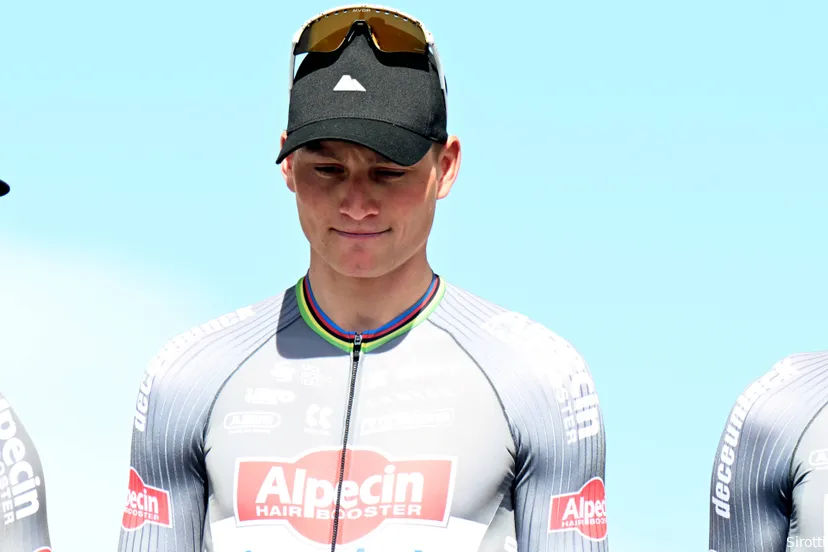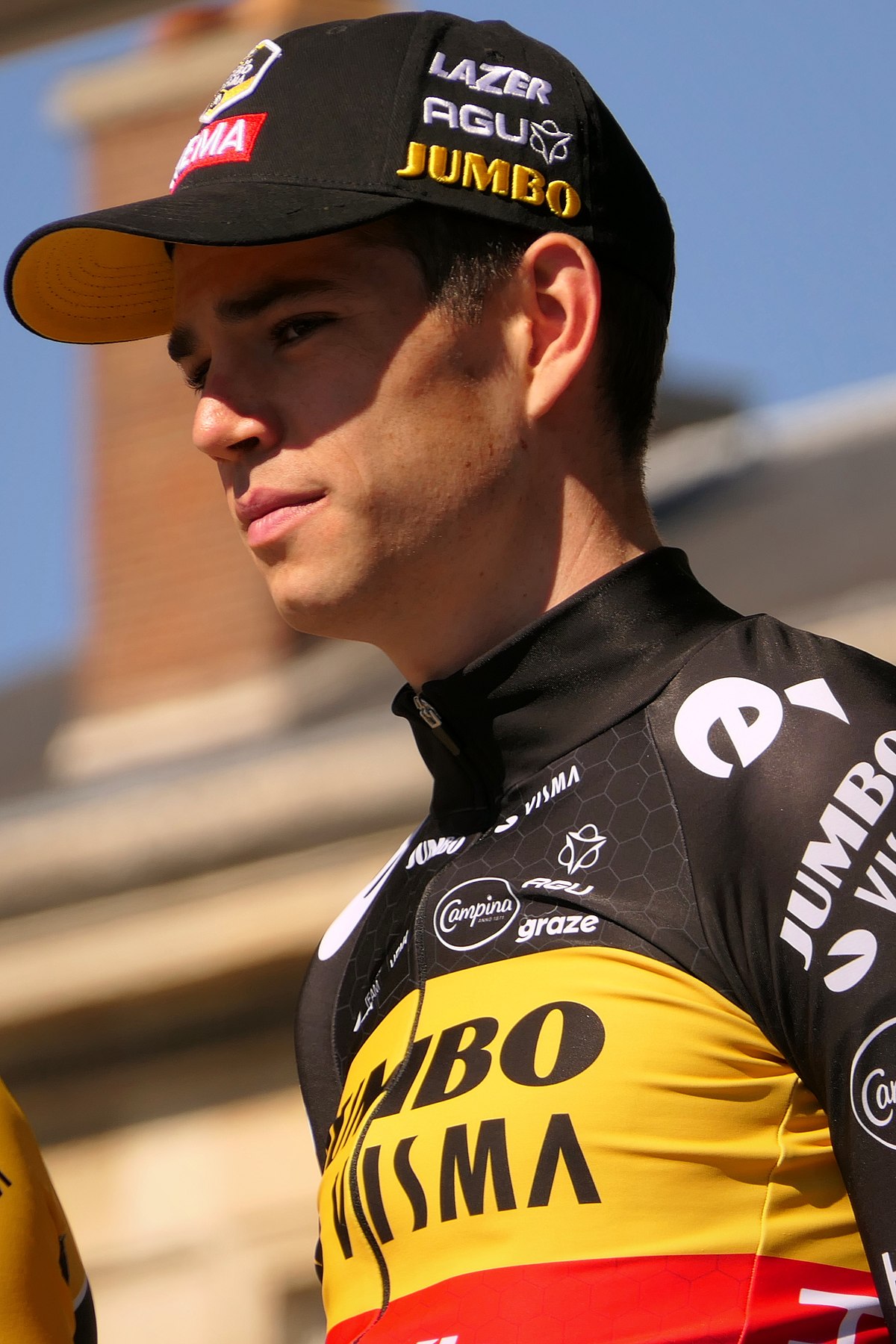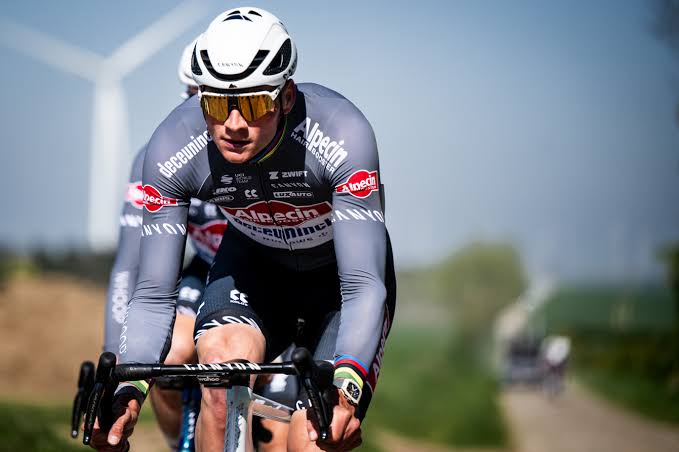Tadej Pogačar’s Dauphiné Power Stuns Geraint Thomas: A Deep Dive into the Slovenian Phenomenon
In the world of professional cycling, few performances have left fans and rivals alike in awe quite like Tadej Pogačar’s display during the Critérium du Dauphiné. His relentless attacks, strategic brilliance, and sheer power on Stage 6 have become the talk of the cycling community. Geraint Thomas, a seasoned veteran and former Tour de France champion, recently revealed insights into Pogačar’s extraordinary strength, claiming he could sustain Pogačar’s attacking power for six to seven minutes—a testament to the Slovenian prodigy’s elite conditioning.

This article explores the significance of Pogačar’s Dauphiné performance, Geraint Thomas’s admiration, and what this means for the future of cycling’s top contenders.
The Stage 6 Showdown: Pogačar’s Attack that Stunned the Peloton
**A Tactical Masterclass**
Stage 6 of the Critérium du Dauphiné was marked by relentless racing. Pogačar, already known for his climbing prowess and tactical acumen, unleashed a decisive attack that shook the race dynamics. With precise timing and explosive power, the Slovenian rider surged ahead of his rivals, opening a gap that would ultimately prove insurmountable.
**The Power Behind the Attack**
What made Pogačar’s move so extraordinary was not just its timing but the ferocity with which he attacked. Eyewitnesses and team analysts noted that his effort was sustained and aggressive, forcing rivals to respond desperately. The attack’s intensity showcased his physical prowess—an athlete operating at the very edge of human capability.
Geraint Thomas’s Revelation: Power to Hold an Attack for 6-7 Minutes
**Insight from an Elite Rider**
Geraint Thomas, a former Tour de France winner and well-respected figure in the peloton, recently shared fascinating insights during his latest podcast episode. He stated that he believed he could hold Pogačar’s attack power for approximately six to seven minutes. This revelation is remarkable for several reasons:
– **Respect for Pogačar’s Power:** It underscores how formidable Pogačar’s effort was—so intense that even an experienced, elite rider like Thomas considers it beyond typical endurance.
– **Understanding of Racing Dynamics:** Thomas’s comment provides a rare window into the physical demands of modern cycling, emphasizing how certain riders can generate sustained high wattages for critical moments.
**Breaking Down the Claims**
While Thomas’s statement might seem exaggerated to some, it aligns with the understanding that Pogačar’s attack was powered by an incredible combination of explosive strength and endurance. Maintaining such power output over multiple minutes is a hallmark of top-tier climbers and all-rounders, and Pogačar’s ability to do so pushes the boundaries of what is considered possible.
The Significance of Pogačar’s Power
**A Blend of Physiology and Technique**
Pogačar’s performance during Dauphiné exemplifies the pinnacle of cycling physiology. His ability to generate and sustain high wattages is a result of meticulous training, genetic potential, and exceptional tactical awareness. His attack was not just about raw power but also about perfectly timed effort, conserving energy, and choosing the right moment to strike.
**Implications for Future Races**
This demonstration of power signals that Pogačar remains a dominant force in stage racing. Rivals will need to develop new strategies and increase their own power outputs to keep pace. For fans and analysts, it’s a reminder of the evolving nature of cycling, where technological advances and training methodologies continually push the limits.
The Broader Context: Comparing Power and Strategy
**The Role of Power in Modern Cycling**
In recent years, the emphasis on power data—measured in watts—has become central to understanding rider performance. Athletes like Pogačar routinely produce peak outputs exceeding 6 watts per kilogram during critical efforts, a level that only a handful of riders can sustain for several minutes.
**Strategic Use of Power**
While raw power is crucial, strategic execution amplifies its impact. Pogačar’s ability to combine explosive attacks with impeccable timing makes him a formidable opponent. His attacks are often unpredictable, forcing rivals into defensive positions and creating opportunities for teammates or himself to capitalize.
Geraint Thomas’s Perspective: Respect and Recognition
**A Veteran’s Admiration**
Geraint Thomas’s comments reflect a deep respect for Pogačar’s physical capabilities. As a rider who has competed at the highest levels for over a decade, Thomas understands what it takes to sustain such power. His assertion that he could hold Pogačar’s attack for six to seven minutes underscores the magnitude of the Slovenian rider’s effort.
**What This Means for the Peloton**
Thomas’s acknowledgment also indicates a recognition that Pogačar’s current form is extraordinarily high—possibly unprecedented in recent cycling history. It raises the bar for other contenders and signals that Pogačar’s dominance may extend for years if he maintains this level of fitness and tactical acumen.
The Future of Stage Racing: Who Can Match Pogačar?
**Emerging Rivals and the Challenge Ahead**
While Pogačar’s performance dazzled, the peloton is always in flux. Riders like Jonas Vingegaard, Remco Evenepoel, and Primož Roglič are continuously improving and posing threats. However, matching Pogačar’s power—especially in critical moments—remains a significant challenge.
**Technological and Training Advances**
Advancements in bike technology, aerodynamics, and training methods continue to elevate rider capabilities. As Pogačar’s power outputs become better understood, rivals will seek to innovate in response.
A New Benchmark for Power and Strategy
Tadej Pogačar’s performance at the Critérium du Dauphiné has set a new benchmark for what is possible in professional cycling. Geraint Thomas’s candid admission that he could hold Pogačar’s attack power for six to seven minutes highlights just how extraordinary his effort was—an effort that blends raw physical strength with tactical mastery.
As the cycling world looks ahead to upcoming races, Pogačar’s dominance and the respect he garners from peers like Thomas underscore a new era of high-powered, fiercely competitive stage racing. Fans can expect even more thrilling battles as riders push their limits to match or surpass the Slovenian prodigy’s remarkable achievements.


